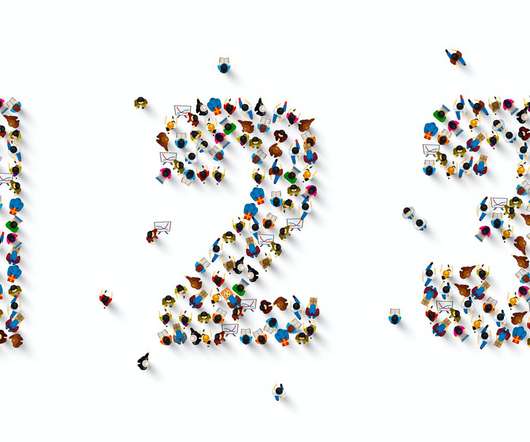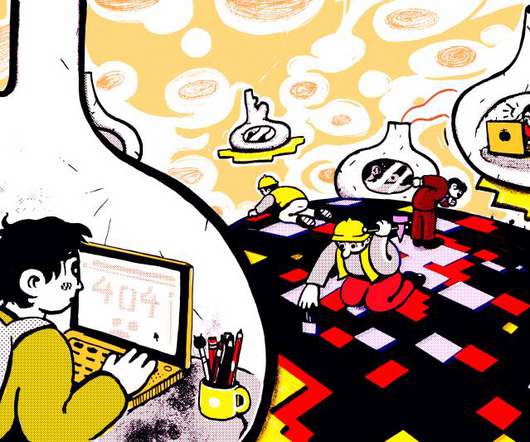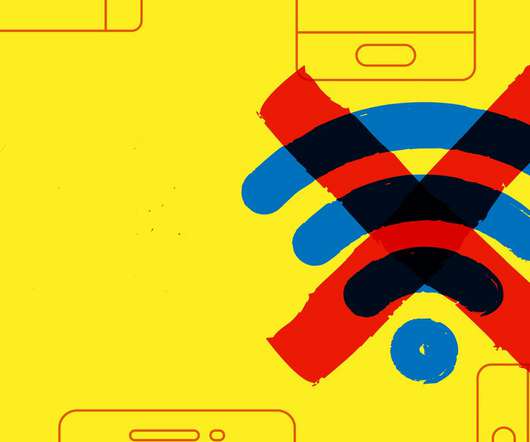Low Tech? No Problem. Here are 3 Alternative Ways to Help Distance Learning Happen.
Edsurge
APRIL 9, 2020
According to a 2019 Pew Research Center report, 96 percent of adults own a cell phone and 81 percent own a smartphone. The tests will be device-agnostic, meaning students will be able to complete them at home using computers, tablets or mobile phones , or even write their responses by hand and take a photo of them to submit.




















Let's personalize your content